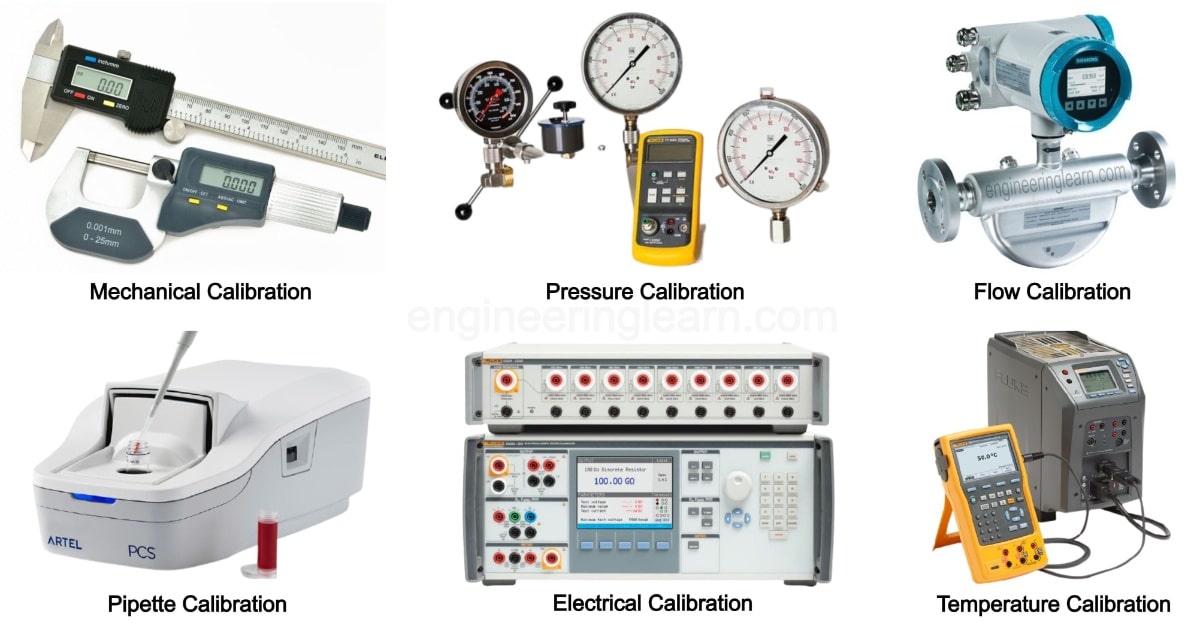Now that you have invested in new measuring equipment and gauges, a series of calibration procedures follow. Not only should you calibrate new equipment, but also the ones you have used for a long time. Accuracy is crucial, but it fades over time like everything else. To ensure your gauges and equipment serve you well, you need to calibrate them periodically. The calibration types matter when selecting machine calibration services. If you are unsure how to go through this process, here is a simple guide that will prove helpful.
Factors to Consider When Selecting Calibration Type
- Consider Tolerances Expressed by Manufacturers
Manufacturers always indicate tolerances during calibration. Therefore, when choosing machine calibration services, you must ensure the equipment tolerance meets the manufacturer’s standards. This should be a great starting point because the operator expects the equipment to operate within recommendations.
- Typical Tolerance for the Gauges and Instruments
Processes that require precise measurements utilise equipment like electronic pressure gauges. You must check the sensor construction for the class and acceptable tolerance as internationally standardised. Calibration procedures must therefore comply with these instrument tolerance standards. Not considering this factor when picking a calibration method may result in inaccurate test equipment measurement.
- Use of the Instrument/ Gauge
The process tolerance varies depending on the gauge or instrument used. Therefore, tighter parameter tolerances may need smaller acceptable deviations. The machine calibration services selected for the measurement/ gauge may cause deviations in the optimal tolerance of the instrument. Prolonged use of the equipment would therefore lead to errors and inconsistent flows.
- Measurement Uncertainty
When calibrating manufacturing and processing equipment, it is crucial to consider the calibration and measurement capabilities of the equipment. This translates into the expected calibration quality and trustworthiness of the calibration error results. For example, a maximum calibration error of 0.1% may be considerable. However, if the uncertainty of the measurement can surpass 2%, this percentage should be considered.
Types of Calibrations to Consider
- Pressure Calibration
Pressure calibration is used in industries where measurement equipment monitors the safety and performance of processes. It measures hydraulic pressure and gas. Pressure calibration is crucial for the quality assurance of a company.
Some instruments to calibrate include;
- Digital indicators
- Digital pressure gauges
- Transmitters
- Transducers
- Barometers
- Flow Calibration
A flow meter measures the linear, non-linear mass or volumetric flow rate of gas and liquids. The flow rate is the speed at which a process fluid moves through pipelines or vessels. Air flow meter calibration services must measure the flow rate to monitor and regulate flow devices’ and processes’ speed and efficiency.
Equipment to be calibrated includes;
- Turbine meters
- Laminar flowmeters
- Thermal mass flowmeters
- Rotameters
- Pipette Calibration
Pipette calibration is crucial for precise and accurate pipetting results. In addition, this type of calibration ensures that dispensing happens with the intended accuracy.
- Electrical Calibration
Electrical calibration is verifying the performance of any instrument that measures electrical parameters. They include voltage, current, inductance, capacitance, resistance, time, and frequency. The calibration company uses precise calibrators that evaluate the performance of key properties for Units under Test.
Conclusion
These four are the commonly used calibration methods for most industrial equipment. Understanding where they apply ensures that your equipment is well-serviced and operating to stands. When you consider the selection procedures, you will find an option that works for you.
